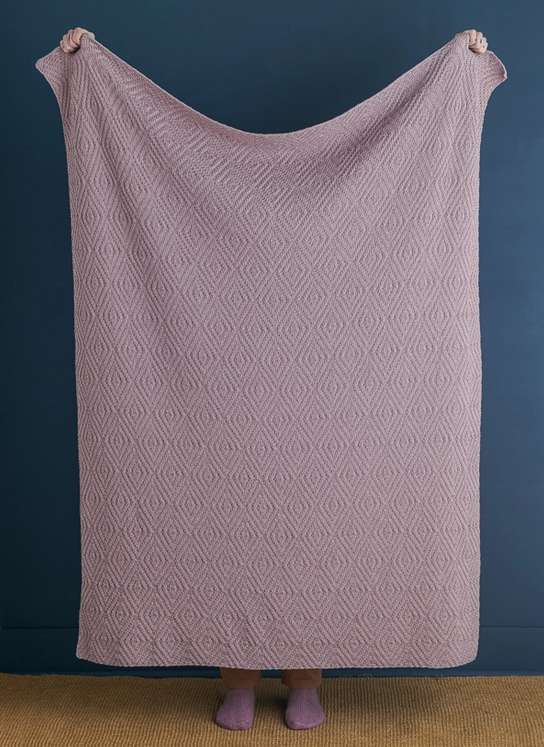 While looking around for something interesting to write today I found an article written about Emilio Santini, who is an exceptional glass artist and sculptor. The Corning Museum page on Facebook brought it to my attention. Go Corning…and go to Corning if you get a chance. Emilio is a lampworker, a torch worker and a master at that. Having first learned in Murano, Italy (want to go there so badly) he moved to the United States already one of the most highly skilled glass workers around. It wasn’t an easy road in the beginning but he has become a very successful artist and teacher that comes from a line of glass workers in Italy. The article also includes video which is fun to watch. Enjoy!
While looking around for something interesting to write today I found an article written about Emilio Santini, who is an exceptional glass artist and sculptor. The Corning Museum page on Facebook brought it to my attention. Go Corning…and go to Corning if you get a chance. Emilio is a lampworker, a torch worker and a master at that. Having first learned in Murano, Italy (want to go there so badly) he moved to the United States already one of the most highly skilled glass workers around. It wasn’t an easy road in the beginning but he has become a very successful artist and teacher that comes from a line of glass workers in Italy. The article also includes video which is fun to watch. Enjoy!
